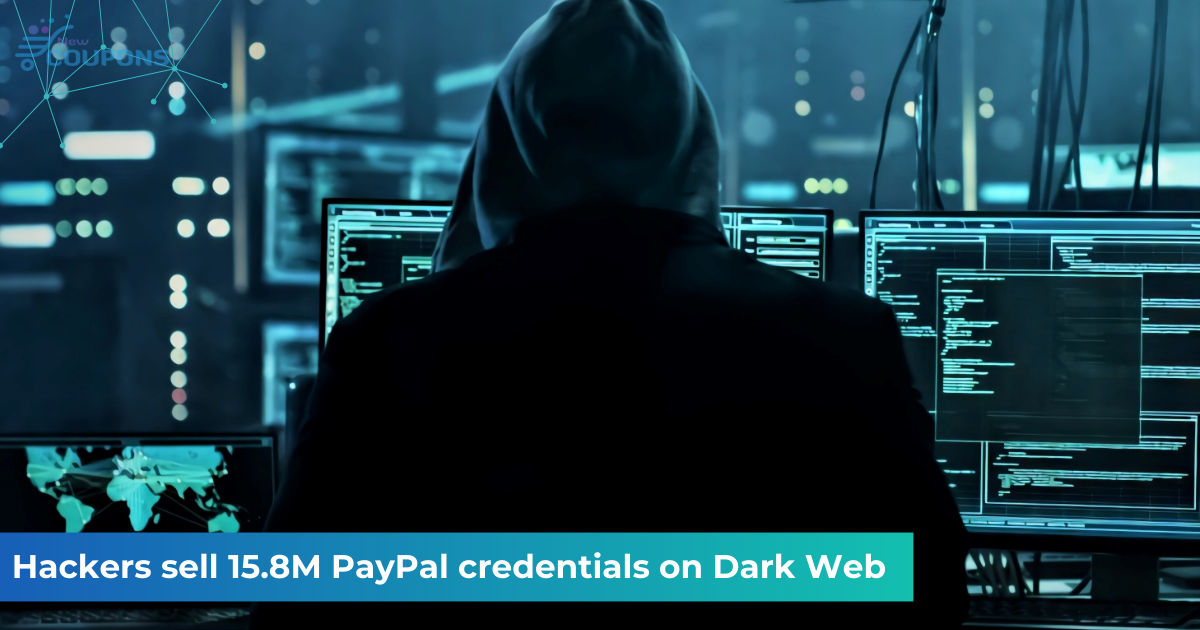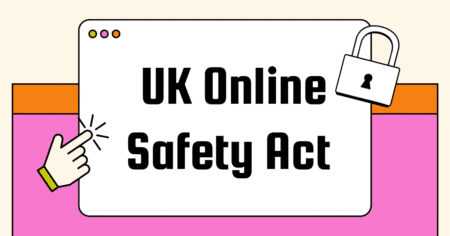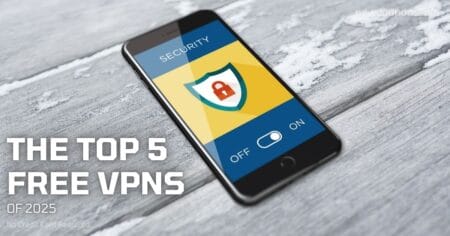Imagine this: You log into your PayPal account only to discover that your email and password might be for sale on shady parts of the internet known as the dark web.

This is a frightening situation happening right now, where hackers are claiming to have nearly 16 million PayPal login details available. The twist is that PayPal insists this isn’t a new hacking attempt. Instead, it’s related to an older issue from 2022, where criminals used stolen passwords from other websites to access PayPal accounts—a technique known as credential stuffing.
However, the hackers are saying that this data was taken recently, in May. All of this can be a bit confusing, but the main takeaway is simple: If your information is out there, you need to respond.
Quick Facts (TL;DR)
Here’s what you really need to know:
- Size of the Problem: Around 15.8 million sets of PayPal login information, including emails and straightforward passwords (these are not encrypted).
- Cost to Buy: All this information is being sold for just $750 on underground websites—shockingly low given how serious this is.
- The Seller: A hacker known as Chucky_BF is behind this sale.
- Contents of the Data: Along with login details, the data includes links to PayPal’s website and mobile app, making it easier for criminals to exploit.
- Main Risks: This situation could lead to fake logins to your account, scams tricking you into providing more personal information, or even theft from your account.
- Probable Source: This isn’t likely a direct attack on PayPal. Instead, it probably comes from sneaky software that steals your information or clever phishing tricks designed to trick you into giving up your details.
- What You Should Do: Change your PayPal password immediately, enable two-factor authentication (which adds an extra step like a code sent to your phone), check your devices for any hidden threats, and look into dark web monitoring to see if your email appears in any leaks.
What Happened?
There’s been a serious data leak, and the information being sold can allow someone to impersonate you. This includes important details like your email address, actual password, and links to your PayPal account. The problem is made worse by additional information that attackers can use to make their scams seem genuine.
For instance, they could send you fake emails that look like they’re from PayPal, using personal details to make the message feel urgent and real.
This accordingly hidden information can turn an ordinary theft into a full-blown identity crisis.
How Did It Happen?
This issue doesn’t involve hackers breaking into PayPal’s systems directly. Instead, it often happens when attackers trick users into giving away their personal information.
One common trick is called phishing. This is when someone sends fake emails or creates websites that look like PayPal to lure you into sharing your details. Sometimes, they even call you pretending to be from PayPal support to persuade you to give them sensitive information.
Another tactic involves something called malware. This is harmful software that can sneak onto your computer or phone, usually through questionable downloads or links. Once it’s on your device, it can secretly gather your passwords and other sensitive information without you realizing it.
It’s important to note that many of these attacks specifically target individual users.
Who’s Behind It?
PayPal hasn’t named specific attackers, but based on what I’ve seen in dark web markets, it appears to be organized groups focused on financial scams.
A seller named Chucky_BF is offering this stolen data for a surprisingly low price of $750 for 1.8 million records, which suggests it might be outdated or lower-quality information being sold again. This data could have come from past cybercriminal activities or well-known malware that collects large amounts of information.
These attackers rely on tricks that exploit trust rather than sophisticated hacking, which makes it difficult to catch them. However, with some simple precautions, you can protect yourself.
What Should You Do?
The biggest concern is what attackers might do with your information. They could try to log into your PayPal account to steal your money, make unauthorized purchases, or even use your account to commit larger fraud. If you’ve reused passwords across different sites (a common mistake), one leak could lead to issues in multiple places.
But there’s no need to panic—there are straightforward steps you can take to protect yourself.
- Change Your Password: Go to PayPal and create a strong, unique password.
- Activate Two-Factor Authentication: This adds an extra layer of security, like a second lock on your door.
- Scan Your Devices: Use trusted antivirus software to find and remove any hidden malware.
- Check for Data Exposure: Use free tools to see if your email has been compromised on the dark web, such as PureVPN Dark Web Exposure Scan, or Free Dark Web Scan at KeeperSecurity. A quick search can help keep you informed.
You should never forget that taking proactive steps (as above) can transform potential disasters into minor inconveniences.
Stay vigilant and safe!




